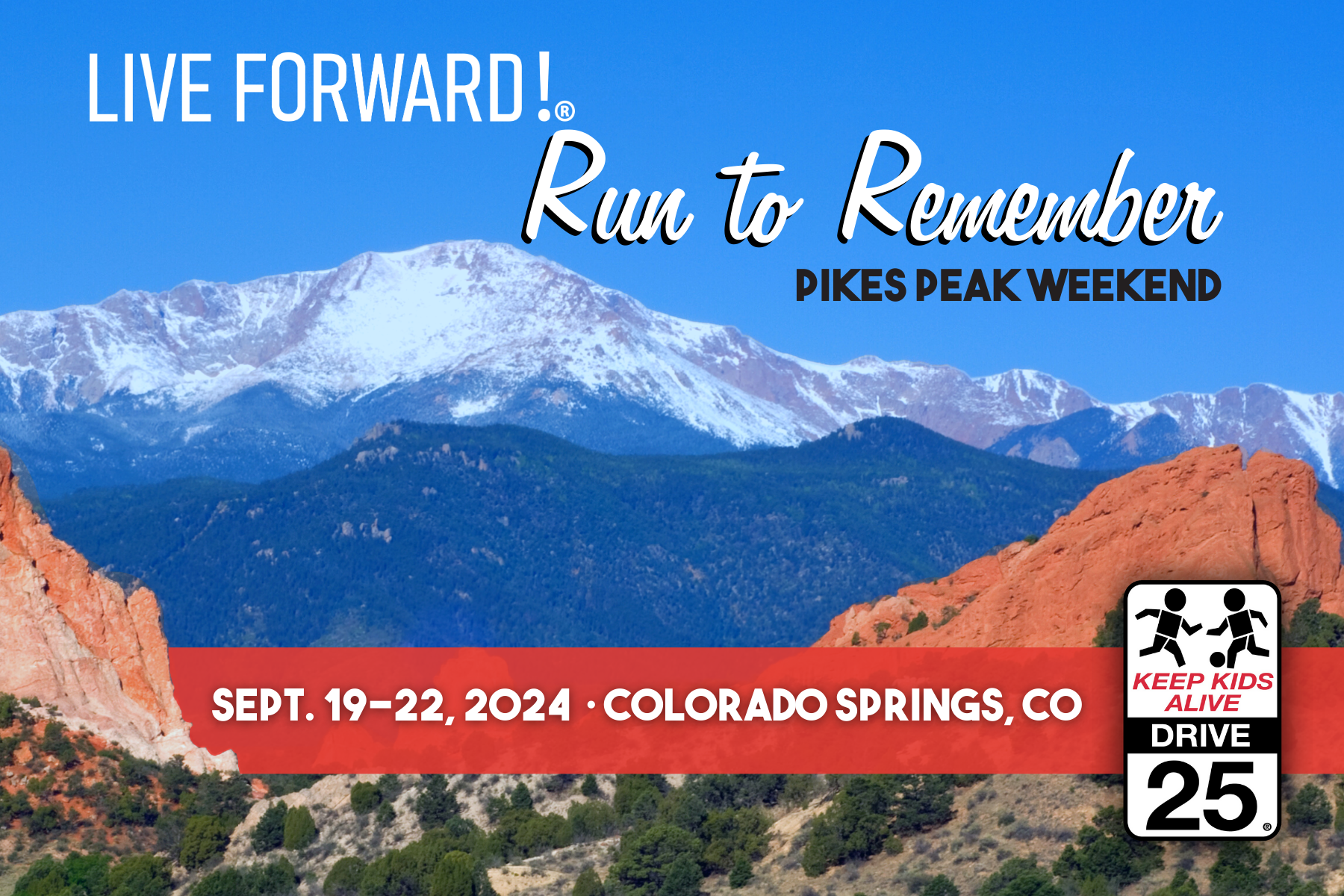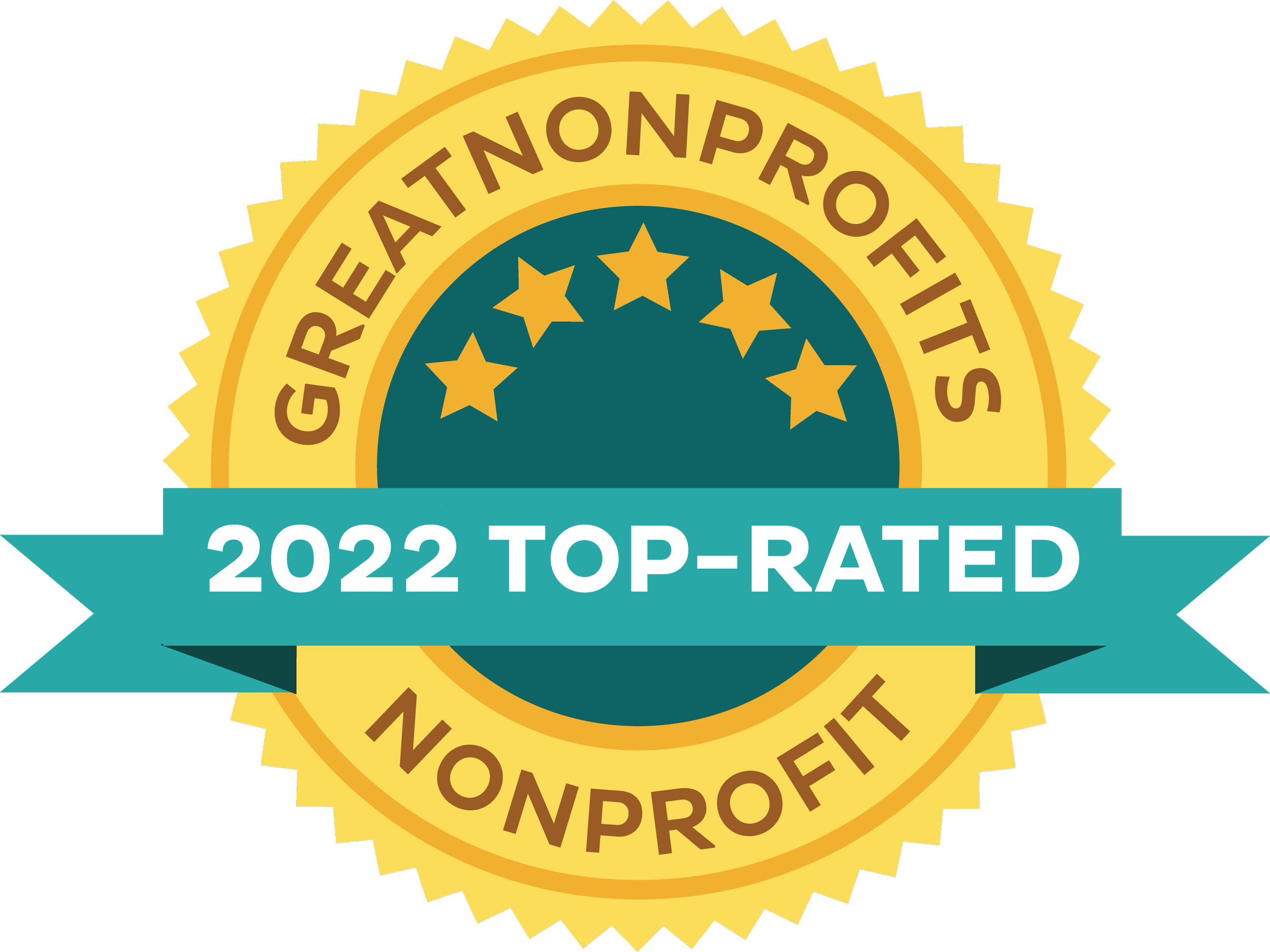Keep Kids Alive Drive 25® - 20 Years of Mission
/The mission of Keep Kids Alive Drive 25 (KKAD25, a the 501c3 non-profit) is to make streets safer for all who walk, cycle, play, drive, and ride. Our mission has taken root in over 1700 communities of all sizes representing 49 U.S. States, 3 Canadian Provinces, Queensland State, Australia, and the Bahamas. Through our 20 years of mission KKAD25 has worked with and through over 600 law enforcement agencies, along with public works departments, mayors’ offices, city councils, schools, businesses, donors, and sponsors throughout the U.S.
What Makes Keep Kids Alive Drive 25® Unique?
KKAD25 is the only initiative of its kind in the world that works to actively educate and engage citizens in being the solution to the problems we cause on and along roadways. These include speeding, all manner of distracted driving/walking, stop-sign/light running, seat belt use, tailgating, and more. These each represent behaviors that we as human beings choose. We either choose to observe the rules of road or we choose to act counter to these rules.
94% of traffic deaths are directly attributed to human behaviors - choices (Federal Highway Administration). Therefore, it makes sense to engage citizens in the mission to reduce traffic deaths and injuries by behaving in ways that work to preserve the lives of all on and along roadways. We engage residents, and even whole communities through our many educational outreach initiatives, which include:
Keep Kids Alive Drive 25®, No Need To Speed®, and Check Your Speed®, which all promote observance of the speed limit on all roadways, starting with neighborhood streets, most often posted at 25 mph. Speeding is the causal factor in 33% of traffic deaths (National Highway Traffic Safety Administration - NHTSA). Speeders are 3X more likely to crash (AAA Foundation for Traffic Research) Order yard and street signs along with trash can decals @ KKAD25Store
Seat Belts - FASTENATING!®
Seat Belts - FASTENATING!® Buckle up everyone, every trip - over 60% of those who die in traffic incidents are unbuckled (NHTSA)
Phone Down, Eyes Up
Put your phone away, and all other distractions (food, grooming, pets on laps, etc.) while driving. Phone use, even hand-free, erases use of peripheral vision, meaning your visual field is reduced by 1/3 to 1/2. (University of Rhode Island). Phone use also slows reaction time to that of someone .09 under the influence, making it 4X more likely to be involved in a crash (University of Utah) . “Phone Down, Eyes” up also applies to distracted walkers.
Stop! Take 3 To See®
Stop! Take 3 To See® - come to a complete stop at all stop signs. Look left, look right, look left again. Make sure the intersection is truly clear before proceeding. (A FedEx sponsored research project through Safe Kids Worldwide showed that almost 90% of U.S. motorists do not correctly observe stop signs.)
It’s Not A Race-Create Space®
It’s Not A Race-Create Space® - leave a four second gap between your vehicle and the one in front. This affords enough space to react in order to avoid rear-end collisions. 29% of motor vehicle injuries are the result of poor space management (FHWA).
Be Aware! Drive With Care®
Be Aware! Drive With Care® - Targets multiple initiatives including Work Zone Safety, “Be A Thinker, Use Your Blinker” - using turn/lane-change signal is a basic form of communications and courtesy the all driver can extend to one another, and “360” asking drivers to walk around their vehicle before every trip to make sure no children are present (or other potential hazards).
Does Keep Kids Alive Drive 25 make a difference?
Our favorite testimonial of the past 20 years comes from a transportation engineer in Texas.
“"My community – Coppell, Texas – made headlines two years ago as it tackled this issue. As a traffic engineer by training, I was hesitant of this program and lobbied the City Council to consider other engineering, enforcement, and education alternatives so that ‘mobility’ was maintained. I have to say that since this program was adopted and the speed limits on our streets lowered (5 mph) I do feel like I am keeping my village’s children safer, that I am more alert, that I am more in control of my vehicle, that I do share those streets with pedestrians, that my ‘mobility’ has not been greatly impeded, and that streets are not for the sole purpose of drivers in vehicles trying to make their way as quickly as they can in our hurried world."
— Jason Crawford, P.E Texas Transportation Institute, Coppell, TX
In addition, two important studies showed:
A 16% decreases in average speeds through a KKAD25 yard sign campaign in Oceanside, CA - published in the Urban Transportation Monitor, a traffic engineering periodical
A 13.5% decrease in average speeds - down to 24.5 mph - on residential streets in Oro Valley, AZ when KKAD25 decals were affixed to all residential trash cans set curbside - published in Traffic Safety, the magazine of the National Safety Council.
Live Forward! A Step Beyond
In addition to KKAD25’s proactive work, Live Forward! was initiated in response to the dozens of families connecting with our mission in the wake of the deaths of love ones who died in traffic incidents. This unique piece of our outreach works to support families in bringing good into the world in honor of these loved ones. Many families have created foundations or scholarship funds, oftentimes directed at educating citizens about the very behaviors that lead to the death of their loved ones.
KKAD25 holds two signature “Live Forward!” events each year; a Run-Walk in Omaha, NE and the Pikes Peak Live Forward weekend in Colorado Springs, CO to bring families together to remember and celebrate their loved ones.
Keep Kids Alive Drive 25 is indeed unique among all traffic safety non-profits in our reach and scope in engaging citizens right in their own communities, right on their own streets, even right in their front yards. We have accomplished much in 20 years, but far more remains to be done as we collaborate with leadership in communities around the world to promote behaviors that preserve the lives of all people who walk, cycle, play, drive, and ride.






















